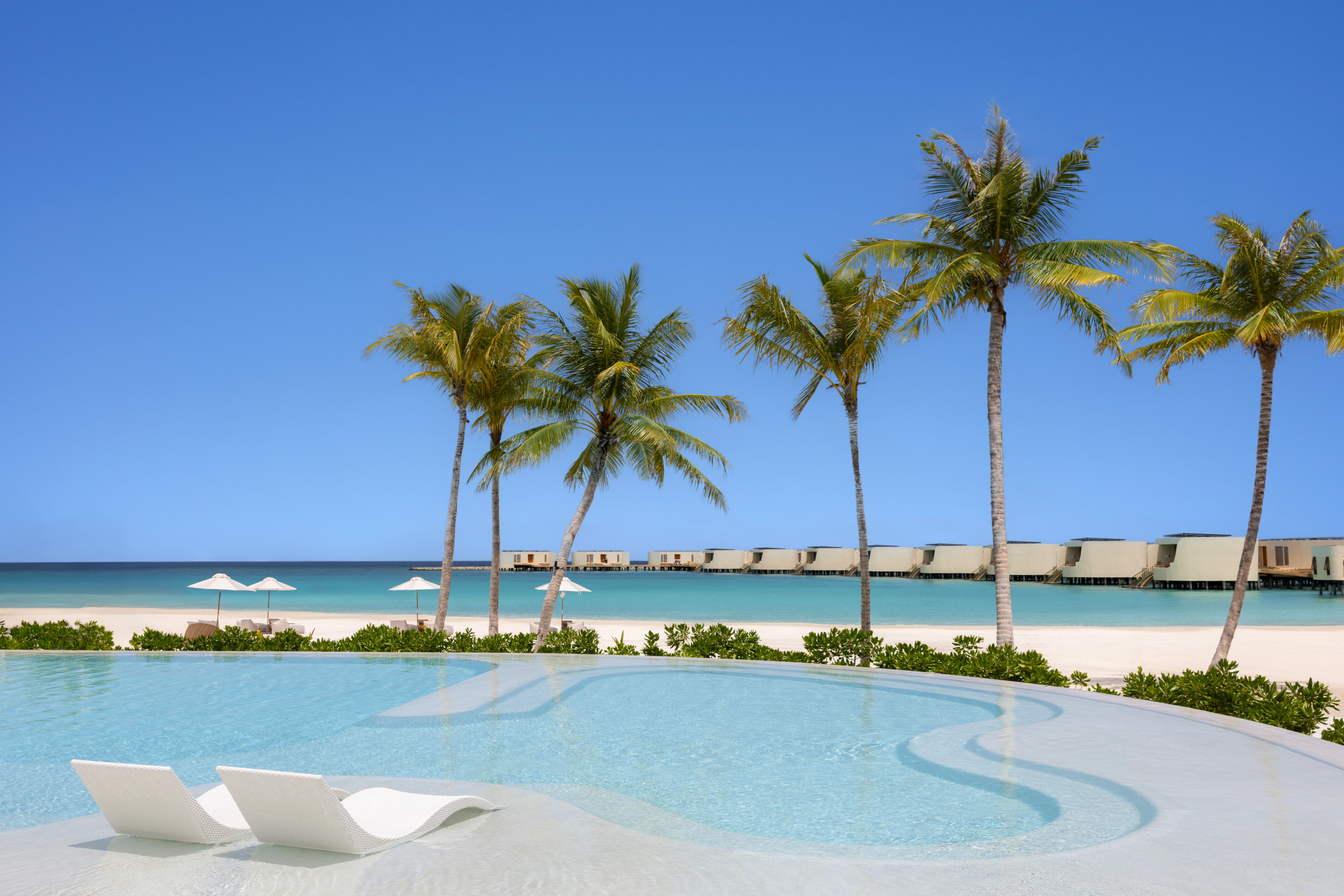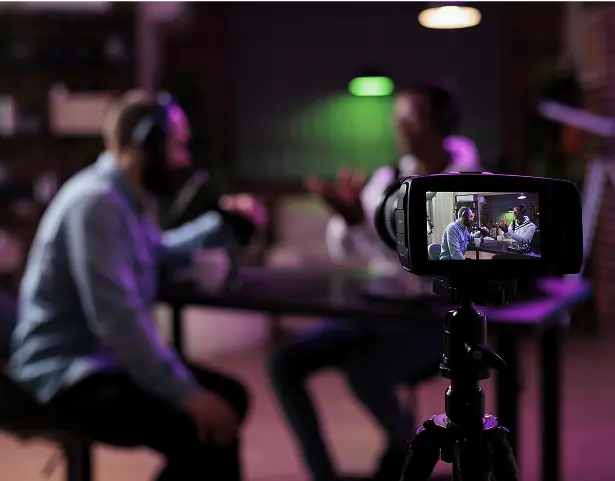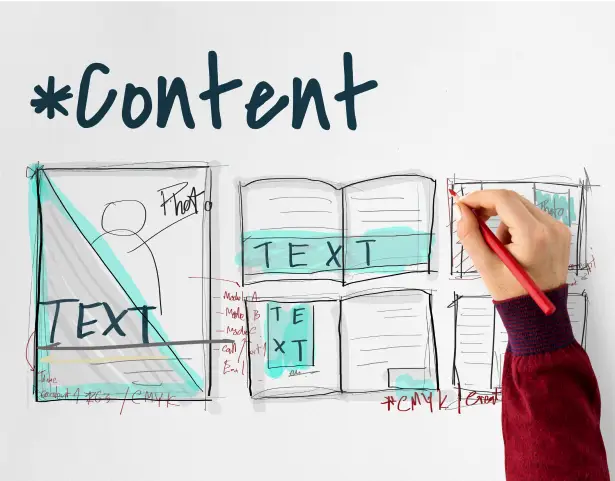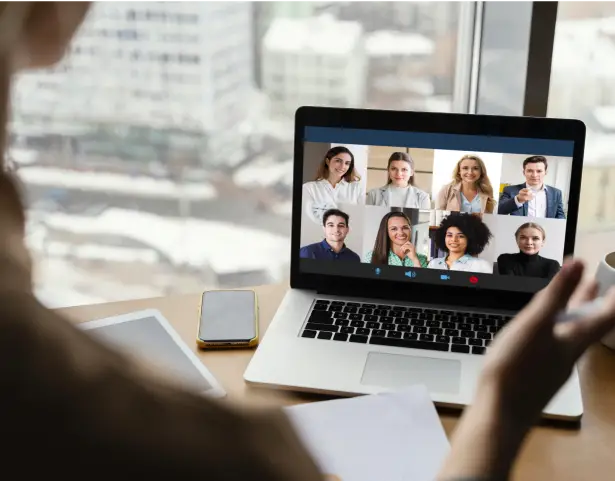
Evolution is a necessary aspect of just about everything in this world, and this includes the practice of tourism promotion.
In the 21st century, we have seen tourism boards use a variety of tools and solutions geared towards showcasing their home nations’ best aspects in order to draw in a greater number of both foreign and domestic travellers.
If campaigns like Incredible India and WOW Philippines changed the game through satellite and cable television in the ‘90s and Wonderful Indonesia grabbed the attention of Europe through out-of-home (OOH) advertising more recently, today’s tourism boards have shifted to the use of technological tools and platforms to spread the word about notable destinations, attractions, and activities.
However, we have noted over the past several years that the use of technology can be a hit or miss thing even for the best-crafted campaigns.
While tourism agencies, ministries, and boards have social media accounts, we have noted that these are used more as channels through which to post speech transcripts, photo releases, and official statements, pretty much defeating the purpose of having such accounts which is to boost awareness of campaigns and related events.
Likewise, websites which could be used to offer a whole gamut of interactive functions are often delegated into mere receptacles for very basic information regarding a country.
That’s a shame: the potential of websites, social media accounts, and even generative AI platforms for the practice of tourism promotion will be of no benefit to anyone if it goes untapped.

How do you rethink your campaign strategy to leverage the use of technology?
In order to understand how best to use technology in the context of campaign building and implementation, we need to take a cue from Mize vice-president for global sales Cristóbal Reali.
For Reali, the best tourism campaigns in recent years took five relevant elements into consideration; namely:
- Creativity and originality;
- Relevance to the destination as well as to the target market;
- Its potential for customer engagement;
- Cultural sensitivity that does not come off as crass or overly righteous and staid; and
- Measured use of available digital technologies.
While the first four elements have driven the success of campaigns prior to the digital era, these alone won’t cut in in the 21st century.
Indeed, as Reali points out, digital technology is the key element that binds all these elements together.
Technology enables agencies and / or brands to create and launch the kind of campaign that grabs the public’s attention and imagination: authentic representations that set the brand apart from their peers in the region and draw in visitors without compromising tradition and values.
Also, properly applied technologies can lead to financial savings for tourism boards on top of increased online engagement which may later be translated into actual visitor numbers.

Relevant strategies to consider
In a May 2024 report, experts at Transperfect shared four key strategies that would enable tourism agencies and boards to make the most of the technologies they have on hand.
Consider the use of virtual and augmented reality experiences
The term immersive experience is rapidly becoming a catchphrase throughout the travel and tourism sector, seeing how today’s travellers want to really feel a destination as opposed to just seeing the sights.
In which case, the use of virtual and augmented reality (VR / AR) technologies can be a great help for tourism boards.
These may be used to create virtual tours of a country’s most popular destinations that can be enjoyed in or out of season; take guests through historic landmarks that may be under protection or restoration (as in the case of Macau’s famed Ruins of St Paul), as well as a host of other attractions.
If deployed online, such immersive experiences may be enjoyed by would-be-travellers in the comfort of their homes, enabling them to feel their destination’s essence well before the trip or to relive experiences after they’ve gone home.
AR/VR experiences also serve as channels with which to present both historical facts and real-time information, further enhancing the experience.
Big data and predictive analytics can serve up major insights
Tourism boards can look into analytics gleaned through their websites and even their socials in order to gain key insights into a number of performance indicators to see whether or not their campaigns are actually working.
Such data would include visitor behaviour including time spent browsing sites or channels; individual preferences over a given time frame, and relevant trends on a periodic basis.
Through the analysis of such information, tourism boards will be able to understand their core markets better, thus enabling them to tailor-fit marketing initiatives that will certainly have more impact.
Likewise, the predictive aspect of analytics also helps agencies and boards forecast upcoming trends and potential changes in market behaviour in order to make adjustments wherever necessary.
Boost operations through smart destination management systems
Experts point out that having smart destination management systems in place boosts the efficiency of tourism operations without resorting to exorbitant spending.
These cost-effective systems also take the human aspect out of the equation, and this is key as crowd management is something that could put tourism workers in danger if not done properly.
Such systems make use of IoT devices, sensors, and data analytics to manage crowds, optimise transportation routes, and even improve infrastructure maintenance.
Personalisation matters in marketing
Finally, technology enables tourism boards to deliver a more personal experience to site or network users through campaigns based on individual preferences and interests.
Drawing everything together from analytics to algorithms generated through the use of artificial intelligence (AI), boards and agencies are able to calibrate their campaigns by audience segment in order to deliver targeted marketing approaches and promotions.
By utilizing data analytics and AI algorithms, tourism boards can segment their audience and deliver targeted advertisements and promotions to potential visitors.
Personalisation will not only increase the likelihood of conversion, but will also boost the satisfaction rate among visitors through timely and tailored recommendations to suit their individual interests.




















